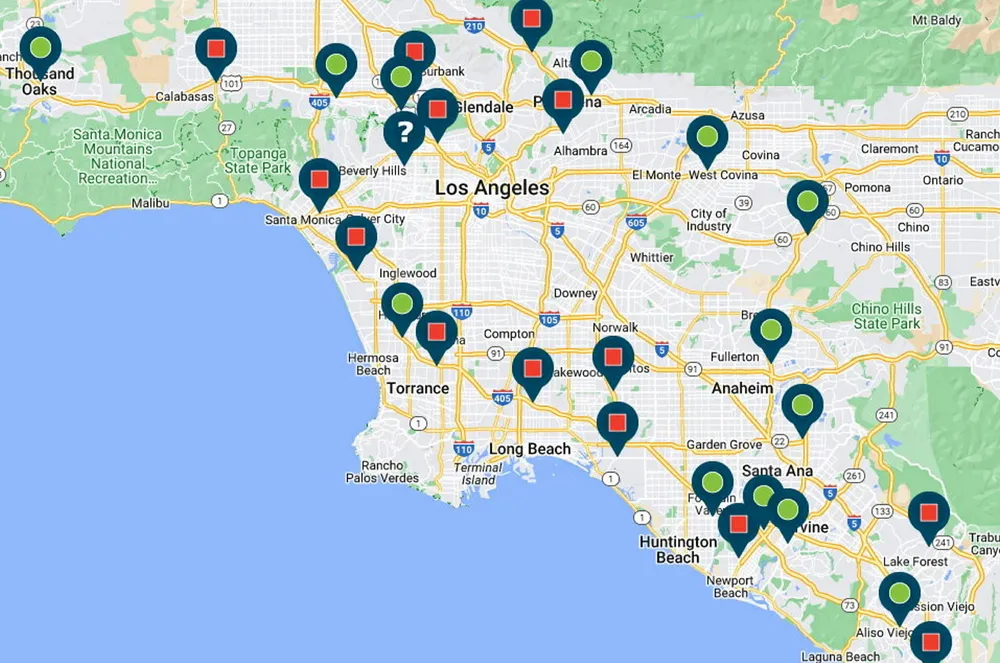Almost half of California’s hydrogen filling stations offline after H2 supply 'disruption'
There is no estimate available for when affected facilities will come back on line

There is no estimate available for when affected facilities will come back on line
